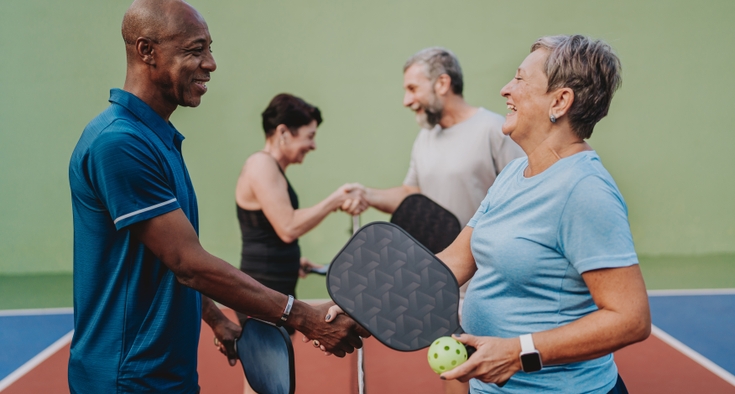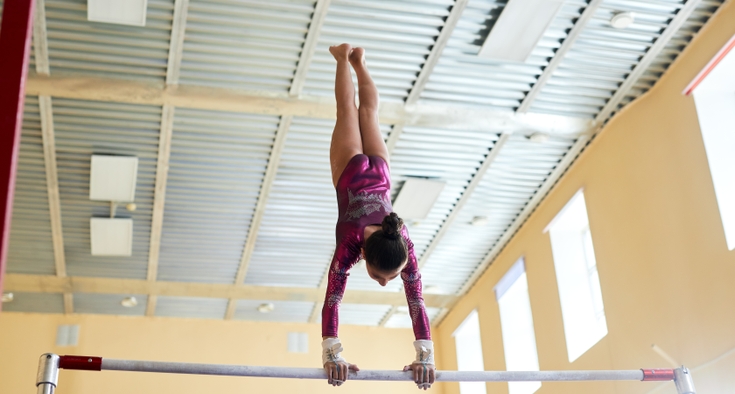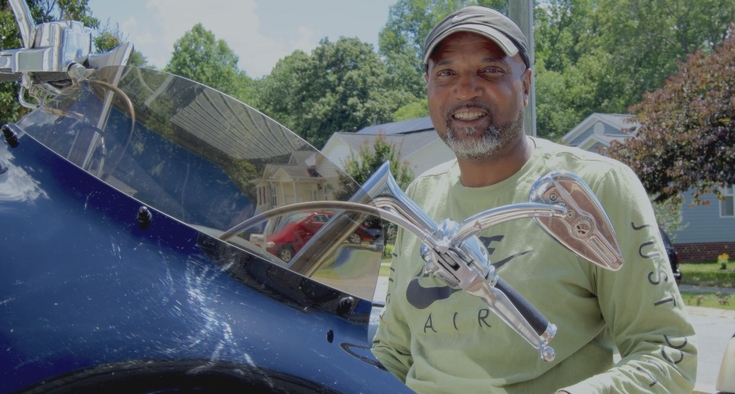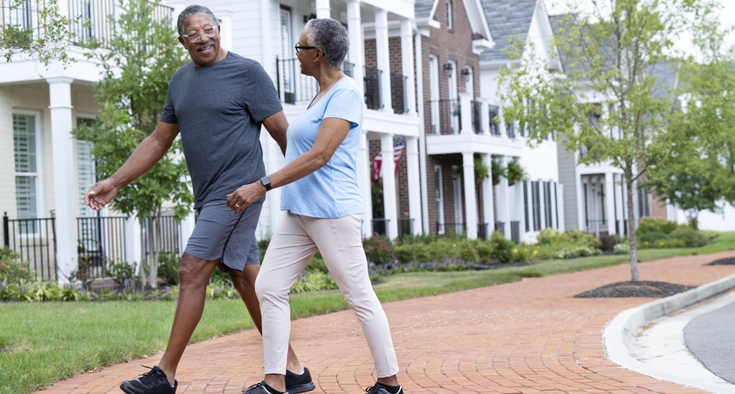Pickleball is having a moment.
It’s part ping-pong, part tennis and part badminton, and it’s the fastest growing sport in the United States, according to the National Institutes of Health (NIH).
Dr. Jennifer Harvey, primary care/sports medicine physician at Novant Health Orthopedics & Sports Medicine - North High Point, is an athlete herself and played pickleball in high school gym class. Today, she plays tennis and volleyball. She also played soccer as an undergraduate at Virginia Tech and now competes in an adult soccer league. Harvey is also medical director for High Point University Athletics.
For now, the closest she gets to pickleball is treating people who’ve been injured playing the sport, which is so popular – and the injuries so prevalent – that the New York Times recently asked in a headline, “Pickleball, Sport of the Future Injury?”
“Statewide and nationwide, pickleball injuries are increasing,” Harvey said. Even the NIH has studied the issue. In fact, more than 36 million people in the U.S. play pickleball. Aficionados tend to skew older, so her patients are generally in their 50s and up.
While older players may be more injury prone in some cases, Novant Health is ready. Orthopedic offices are equipped to see walk-in patients who have been injured.
Injured? Get immediate orthopedic care.
Ways to get hurt
“People can injure the shoulder, elbow, ankle and low back,” she said. “We see people who’ve had acute, traumatic injuries – someone who fell, for instance – as well as those who have chronic injuries resulting from overuse. For instance, someone may experience pain because of the repetitive motion.”
Upper body injuries – bursitis in the shoulder, tendinitis in the wrist – are among the most common pickleball injuries. You’ve heard of – and maybe had – “tennis elbow”? It comes from doing the same motion repeatedly. It happens to pickleball players, too.
Often, it’s a newcomer’s zeal that leads to injury. “Sometimes, somebody picks up a new sport and they're not used to doing it and they overdo it,” Harvey said. “They start to get chronic back pain or elbow pain.”
Prevention is the best medicine
She recommends starting out slowly. “You need to start with a lower intensity so you can warm yourself up to your own 100% effort level,” she said. “If you’re a beginner, it would not behoove you to play every day. Even if you love it, try to space it out. If you play pickleball – or any sport – every day, chronic injuries may happen more quickly. You’ve got to be aware of the load you put on your body.”
The proper gear and warm-ups are also key. “You should be wearing good, supportive shoes,” Harvey said. “Before hitting the court, you also want to get in some sort of cardiovascular warmup, whether that’s on a stationary bike or by speed walking or jogging.”
Simple wrist circles, bending and straightening the elbows and circling the arms are other good ways to prepare.
Rookies aren’t the only casualties. “Even the most active people have deficiencies in their biomechanics. A lot of times, ankle, elbow and shoulder pain or problems can be treated by perfecting the mechanics – making sure your hips are strong, your core is strong, the muscles in your upper back are strong. That might require a physical therapist or a strength training and conditioning coach – somebody who can make sure you're prioritizing the correct muscle groups and that mechanics of your movements are optimized.”
How to heal
How a pickleball injury is treated depends on the injury. Icing the area is generally the first move. “Rest, icing, compression and elevation (RICE) are generally useful in the treatment of sprains of the ankle and other joints,” according to the NIH. If weight-bearing is painful, your doctor may recommend crutches or an ankle brace.
Physical therapy and, in extreme cases, surgery, may also be called for. For a rotator cuff injury, for instance, surgery is almost always recommended.
How long does Harvey recommend staying off the court after getting hurt?
That depends on the injury. “With chronic injuries, we might try rehabilitation and activity modification,” she said. “Our first goal is to keep the patient in the sport, if possible. If they have severe pain, certainly, we recommend rest starting out at two weeks and maybe up to six to 12 weeks if the problem is more severe.”
“We are here for injuries and pain,” she said. “We encourage folks to find something they love to do and to remain active. If that trend is pickleball right now, we’re all for it.”













